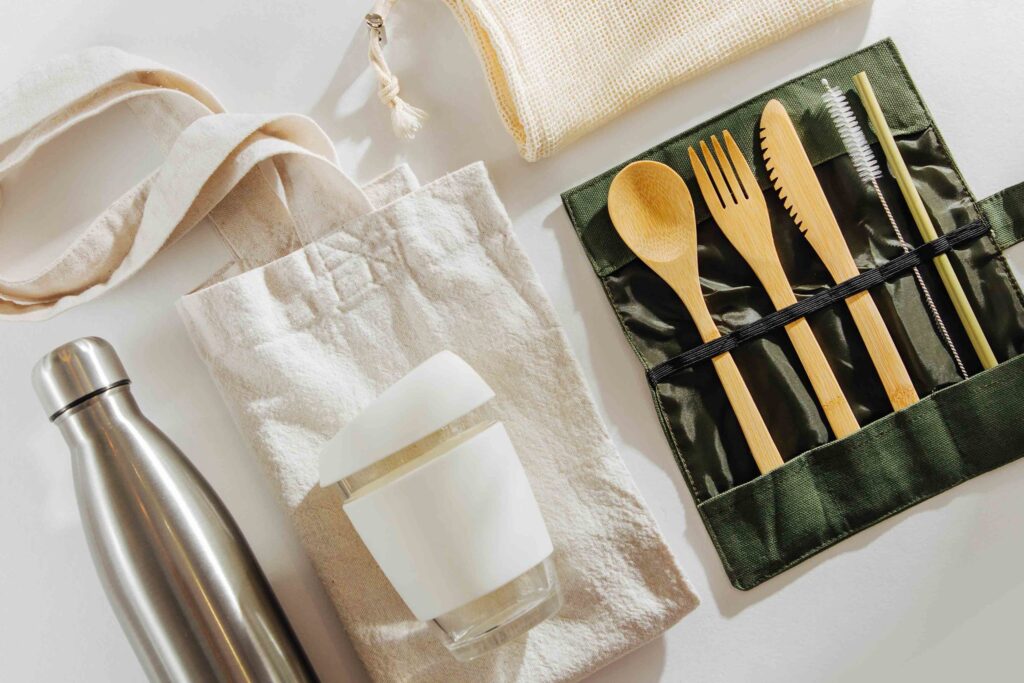
Does Reusable Packaging Really Make a Difference?
- By apentengcollins
- August 19, 2024

We’ve all been there—tossing a plastic bottle into the recycling bin with the hope that it’ll be repurposed into something new. But what if I told you that most of that plastic doesn’t actually get recycled?
According to the World Economic Forum, only about 14% of plastic packaging is collected for recycling globally. The rest? It often ends up in landfills, incinerated, or worse—polluting our oceans. Even with the best intentions, recycling is far from a perfect system. If recyclable materials are contaminated by food waste or if we misinterpret what can and cannot be recycled, they often don’t get repurposed. A study in Science Advances estimated that, as of 2015, just 9% of all plastic waste ever generated had been recycled. The rest continues to pollute our environment.
Given these challenges, it’s clear that recycling alone won’t solve our environmental crises. Sander Defruyt from the Ellen MacArthur Foundation, a sustainability-focused nonprofit, believes that “recycling our way out of [the climate crisis] will not work.” Instead, he advocates for reuse and the elimination of unnecessary packaging as crucial steps towards a sustainable future.
But what does reuse really look like? Proponents of a “circular economy” suggest a shift from single-use containers to those that can be reused over and over again—think durable metal or glass vessels. This concept isn’t entirely new. If you’ve ever refilled a soap dispenser at home or brought your own coffee cup to your favorite café, you’ve participated in a circular system.
Startups like Loop, which launched in 2019, have been pioneering new ways to promote reusable packaging. Loop allows customers to buy products in reusable containers, which are then returned, cleaned, and refilled. Global corporations like Coca-Cola, Unilever, and Procter & Gamble have also been experimenting with similar programs. The potential environmental benefits of these systems are significant, but they rely heavily on consumer participation.
For these programs to work, consumers must actively engage—reusing containers as intended and not just opting for the convenience of single-use alternatives. Research shows that there’s a “payback” period associated with any reusable item—a certain number of times it must be reused to actually be better for the environment than a single-use option. According to Shelie Miller, a professor at the University of Michigan’s School for Environment and Sustainability, not all reusable items are created equal. For example, reusable sandwich wraps might never break even environmentally, while refillable shampoo bottles are a better bet.
But it’s not just about environmental impact—convenience plays a huge role. People need to find these systems easy and enjoyable to use. David Luttenberger, a packaging expert at Mintel, suggests that brands need to make the experience of refilling containers appealing to encourage more widespread adoption. However, it’s important to remember that even the best reuse programs are only a small part of the bigger picture. As Miller points out, packaging often makes up just a small fraction of the total environmental impact of a product. So, while reusable packaging is a step in the right direction, it’s just one piece of a much larger puzzle.
In the end, while reusable packaging offers a promising solution, it’s essential to recognize that the real work involves rethinking our consumption habits and the entire lifecycle of the products we use. Packaging is just the beginning.
Source: TIME
Connect with us on Instagram